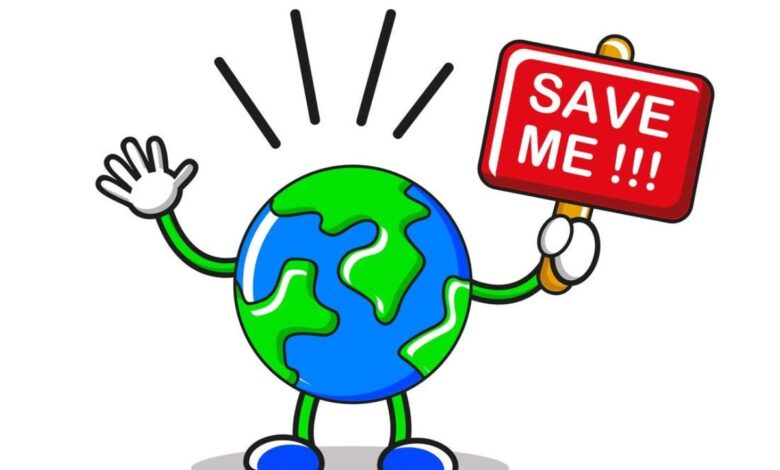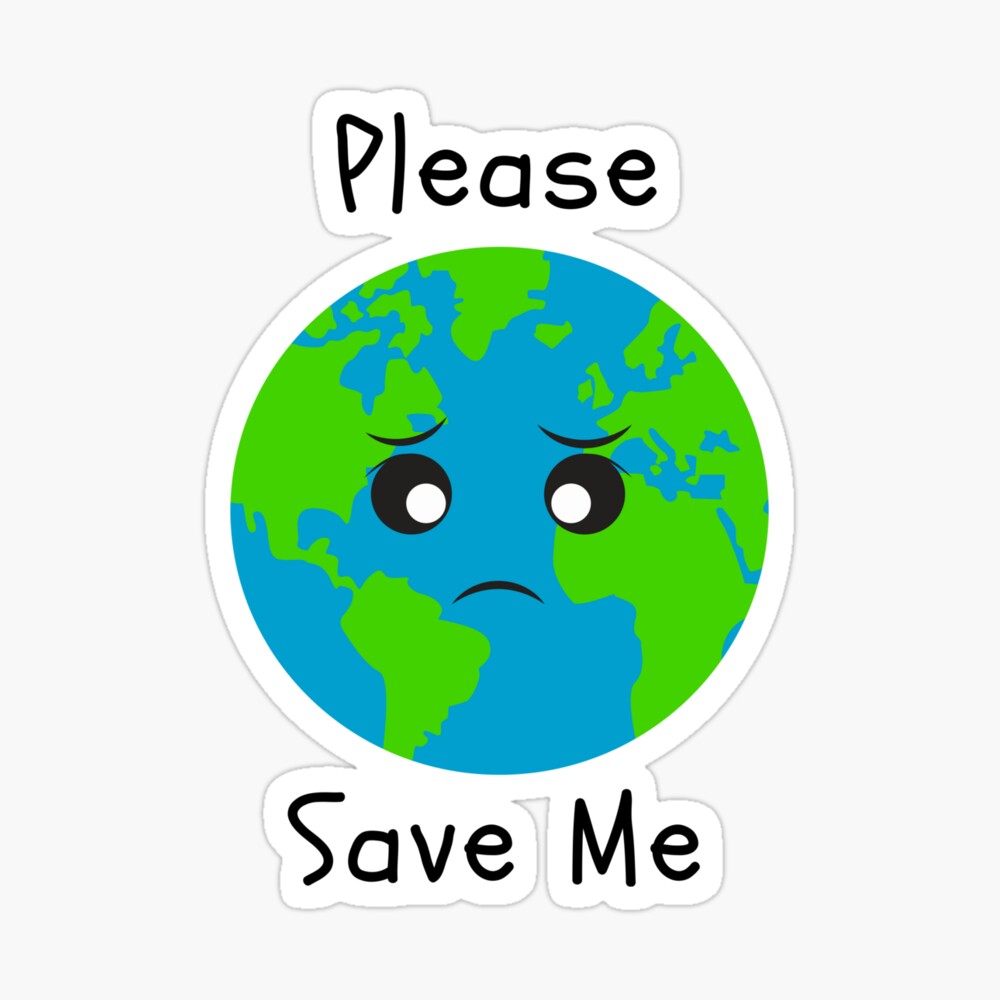Earth Says Save Me, Before Its Too Late!
If planet Earth had an annual checkup, comparable to a person's physical, the doctor would remark that the Earth is actually pretty sick right now, unwell in many different regions or systems, and this disease also harms the humans living on Earth.

The recent trends circulating worldwide are green energy, green fuel, and clean fuel. But are we aware that these attempts may be in quite vain if our mother planet is already sick and disturbed to an unrepairable level? Yes, you heard that right.
According to new research, the Earth is really unwell currently’ and in danger in practically every natural manner. Earth has exceeded seven of eight scientifically recognised safety limits and entered “the danger zone,” not just for a warming planet losing its natural regions but also for the well-being of those living on it. The research examines not just the guardrails for the global environment but also, for the first time, measures of “justice,” primarily concerned with preventing harm to countries, races, and genders. So is it the start of the ending of the human race??

The probe, published last week in the journal Nature by the international scientist group Earth Commission, examines climate, air pollution, phosphorus and nitrogen contamination of water from fertiliser overuse, groundwater supplies, fresh surface water, the unbuilt natural environment, and the overall natural and human-built environment. Only air pollution was not exactly at a critical level globally.
According to the Swedish study, air pollution is dangerous at the local and regional levels (Fior reference, take the example of Delhi Air Pollution; dangerous enough to give a smirky panic to lungs), while the climate was over the detrimental limits for humans in groups but not quite above the safety standard for the world as a whole.
The research discovered “hotspots” of problem regions in Eastern Europe, South Asia, the Middle East, Southeast Asia, portions of Africa, and most of Brazil, Mexico, China, and some of the United States West, owing largely to climate change. According to experts, around two-thirds of the Earth does not satisfy the standards for freshwater safety (and the irony is we are using UV/RO to purify the water, which is already in a contaminated state by default).
If planet Earth had an annual checkup, comparable to a person’s physical, the doctor would remark that the Earth is actually pretty sick right now, unwell in many different regions or systems, and this disease also harms the humans living on Earth.
However, the ray of hope says it is not a fatal diagnosis. According to the experts, the Earth may recover if it adjusts its behaviour, including how it uses coal, oil, and natural gas and handles land and water. But we are steppping ahead in the wrong direction on almost all of these.
This is an intriguing and disturbing work, scientifically valid in technique and vital for pinpointing the dimensions in which the world is on the verge of irreversible situations.

The team of approximately 40 scientists developed quantitative thresholds for each environmental category, both for what is acceptable for the world and when it becomes damaging to groups of people, which the researchers referred to as a justice issue. Those thresholds can be interpreted as establishing “a safety fence” beyond which the hazards increase but are not necessarily lethal.
Scientists have previously explored this form of comprehensive measurement of Earth’s numerous interconnected ecosystems. The critical distinction in this approach is that scientists looked at local and regional levels and justice.
Fairness between young and elderly generations, nations, and species are included in the justice component. It frequently refers to situations that affect humans more than the environment. As an outcome, rather than focusing just on the planet, it appears to be more concerned with the survival and existence of the human species.
The research employs the same 1.5 degree Celsius (2.7 degrees Fahrenheit) warming threshold established by international leaders in the 2015 Paris climate agreement. Scientists say the planet has only warmed by approximately 1.1 degrees Celsius (2 degrees Fahrenheit), so it hasn’t passed the safety line, but that doesn’t mean people aren’t being harmed. If you are willing to see the proof, just go into the sun mid-afternoon, and you will feel that extra 1.1 degrees Celsius change!
They are attempting to demonstrate in their research that even at 1 degree Celsius (1.8 degrees Fahrenheit), a significant amount of damage occurs, pointing to tens of millions of people being exposed to extremely high temperatures. We could only imagine how their survival in such hot temperatures takes place!
Another expert who wasn’t involved in the research (usually referred to as an outside expert) stated that sustainability and justice are inextricably linked. He stated that he would like even stricter limits. However, unsafe circumstances do not have to span a considerable percentage of the Earth’s surface to be undesirable, mainly if they are concentrated in and near impoverished and vulnerable people. Another outside expert called the research “kind of bold,” but she doubted it would result in much action.
Conclusion.
Whenever there is a threatening question of human existence, leaders worldwide come together to safeguard the planet and shield the upcoming generations. Such an example from the past is the Montreal Protocol in 1987, where Nearly 200 countries came together, crossing and forgetting their boundaries and signed the protocol, which phased out the production and consumption of CFCs. It emphasises the necessity of preserving the Earth’s protective ozone layer and demonstrates that collective action, guided by knowledge, is the most effective method to address significant global concerns.

I guess it is another big time to join hands from all over the world to save Mother Earth before it’s too late!
Proofread & Published By Naveenika Chauhan




